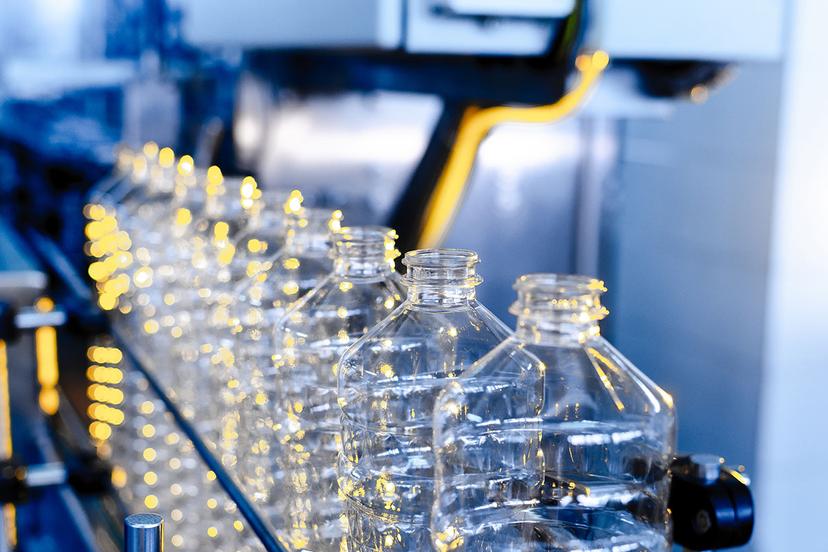Plastics

Industry Outlook
From its inception, the plastics industry has been remarkably successful. It would be difficult to find a market in the United States today in which plastics, either by themselves or in combination with other materials, do not play a vital role. Plastics are diversified, and the end is not in sight. Hundreds of millions of dollars continue to be spent by the industry each year in developing new plastics and improving existing ones.
The Plastics Industry Association (PIA) reported that the U.S. plastics industry produced more than $451 billion in annual shipments and employed and supported a total of more than 1.7 million people (including plastics suppliers). Industry productivity grew by 2 percent annually in the period from 2012 to 2018, and is forecast to continuing growing in the coming years. According to a Global Trends study by PIA, "abundant petrochemical feedstocks have helped U.S. exports, and therefore U.S. plastics companies and the industry as a whole." The following states employ the largest number of plastics industry workers: Texas, California, Ohio, and Indiana.
The coronavirus pandemic hit many industries hard in 2020, but the plastics industry was among the few that actually grew despite the economic downturn and other numerous challenges. According to an American Chemistry Council report, production of plastic resins (foundations for all plastic products) grew by .9 percent in 2020, which was only a slight drop from the 1.2 percent growth in 2019. As reported in a Frontline article, "... plastic was the only segment of the U.S. chemistry industry, which includes everything from fertilizer to synthetic rubber, to expand last year [2020]." The ACC report also forecasts that plastics will be the fastest growing sector of the industry through 2030. The factors attributed to the continued growth of plastic include increase in consumer demand and also the plastics industry was deemed an "essential" industry during the pandemic. While other businesses were locked down, plastics companies and workers continued operations. The plastics industry provided many of the materials needed on the frontlines battling the coronavirus outbreak, from medical supplies to food packaging. The Plastics Industry Association reported that in 2020, the plastics industry overall accounted for more than 1 million jobs in the U.S. and $432 billion in shipments.
The health of the plastics materials and resins subindustry is related to other industries, such as the automobile and construction industries. As these sectors show growth, so has the need for plastics materials and resins. Increasing recyclability is also spurring job growth as more of the U.S. population has access to a plastics recycling program.
The plastics products manufacturing industry employs around 14,720 engineers, more than 9,540 of whom are industrial engineers, according to the Bureau of Labor Statistics. The industry also employs about 2,960 mechanical engineers. The BLS predicts slow growth or little or no change in employment for these jobs through 2028. This is because many manufacturers that employ this kind of engineer have continued to struggle in the slow economy. In addition, competition has increased from plasic manufacturing industries in other countries, limiting U.S. production.
Molding, coremaking, and casting machine setters, operators, and tenders comprise one of the largest employee groups in this industry, with more than 166,000 workers. Employment of these workers, however, is expected to decline up to 9 percent through 2028 due to foreign competition and advances in automation that reduce the need for workers.
Future trends in plastics will involve technology used to improve plastics and their manufacturing processes, make plastics more environmentally friendly, and make them more useful. Researchers are working on degradable plastics using biobased materials so that discarded plastics won't linger in the environment for years as ordinary plastics do. They are also working on ways to use nanotechnology to strengthen and improve plastics materials.
